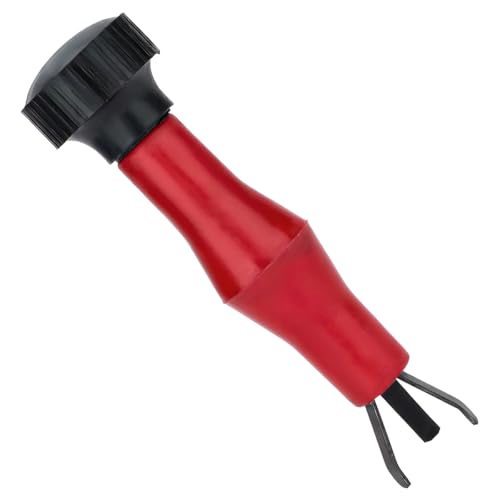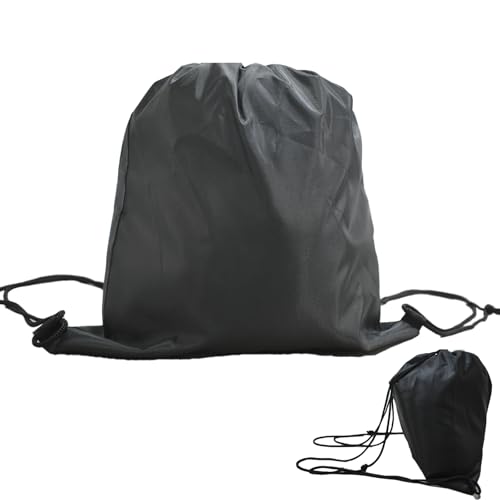Dangerous Dave
The older I get, the faster I was...
TC, your second description of what you're trying to accomplish (previous post, same thread) was fairly spot-on. Here are my thoughts about what you've said thus far.In the twisties, I try to pretty much stay in the right side tire track. I've found that the middle of the lane tends to be a gathering place for debris. I'll sacrifice a bit of downrange vision on the right-handers. If I do overcook the entry a bit, there's a bit of a margin to run wide without entering the oncoming lane.
Feedback? Corrections? Additions? Criticism? Cheap shots?
The first thing that raised an eyebrow was your mention of cold weather. Not sure what your definition of cold is, but cold tires and/or pavement can bite your ass hard and fast. Be cautious getting too overzealous when riding in chilly weather. Cold tires or pavement can be unpredictable with ugly results.
Second thing, which you probably already know, but I hate to assume, is that if you're not already running out of tread or ground clearance, hanging off is a moot point. 'Nuff said on that.
Third thing relates to the above quote of yours. I used to think the same way as you state about leaving room to run wide. Here's what I learned after I got edumacated....
You may think you're leaving room to run wide, but actually, you're causing yourself to run wide by doing so. The pics in any one of the books previously mentioned will illustrate this point better than I can describe it, but here goes. The idea of starting wide, turning into the apex, then running wide again, is to make the turn as gentle as possible overall. By staying tight to the inside at the corner entrance, you'll force yourself to either run wide at the exit, or turn ALOT harder at the exit to keep from running wide. Does that make sense? Like I said, the pics illustrate this concept well, and it really does work.
Since you're looking for riding tips, here are a few things I struggled with the most when I first started racing.
Target fixation! 'Nuff said.
Getting off the brakes and on the gas entering a corner. I learned this in my first race weekend at the (in)famous Nelson Ledges. Picture this...you're haulin' ass down a straight and coming to a corner. You're pretty damn sure you're going too fast to get turned into this tight-ass corner, so you start hogging on the brakes, but you still can't get the bike to turn in, so you figure you're still going too fast and continue hogging on the brakes. Meanwhile, EVERYBODY that was behind you just passed you. Thank goodness they have practice before the race.
Lastly, (and this kinda piggybacks onto the previous) is smoothness. This was already mentioned, but let me elaborate a bit. Getting off the rakes and on the gas or vice-versa seems like a no-brainer, but it's not. Smooth transitions between the two are critical. One of your main goals is to keep the chassis as composed as possible at all times, that is, the least amount of "pitching" fore and aft. Proper suspension setup is #1 on that list, but ham-fisted rider inputs can render the best suspension setup useless. The difference between "dumping" the brake and eeeaasing off the brake is a matter of milliseconds in real life, but infinite in the affect on chassis composure. Ditto for rolling on the throttle vs yanking it. Smoooooth transitions. The differences may seem subtle, but they're invaluable in making the bike do what you want it to.
If you have track days available to you semi-locally...do it. The benefit is that you have all day to turn up the wick gradually, practice in the saddle what you're learning in print, repeat, all in a controlled environement.
There, that oughta give you a little to think about.































































